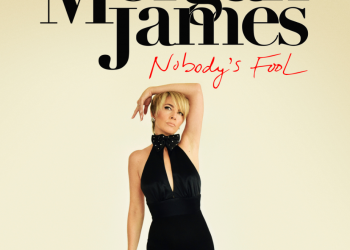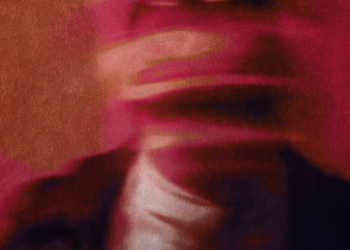The sounds of a deep, somber melody can be heard echoing throughout the world. It’s an eerie sound that speaks to many people on an emotional level – it’s ‘One Chance – Suicide Music’. This unique form of music is gaining popularity among those who have experienced loss and heartache in their lives. For some, this type of music gives them hope and helps them work through their pain. In this article, we’ll discuss what makes One Chance – Suicide Music so special, how it impacts its listeners, and why it has become such an important part of our culture today.
One Chance – Suicide Music is unlike any other kind of music out there. Its soft tones create a sense of calmness while also conveying emotions like sadness or despair. The lyrics are often dark but they give voice to the struggles that individuals face when dealing with depression or grief. Most importantly, though, the songs contain uplifting messages about finding strength and courage amid difficult times. Whether you’re going through a tough spot in your life or just need something to relate to, One Chance – Suicide Music offers a comforting message for every listener.
By providing solace during adversity and expressing feelings that many have difficulty putting into words, One Chance – Suicide Music has quickly grown in popularity over the years. Many find comfort in its melodies which offer listeners encouragement as well as space to process their thoughts and emotions. With its growing presence across all media platforms from streaming services to social media outlets, it’s clear that this genre isn’t going anywhere anytime soon!
Origins Of The Genre
Suicide music is a genre of popular music that has its roots in the punk and goth subcultures. It deals with themes of depression, suicide, self-harm and other related topics. The lyrics are often dark and personal, reflecting on feelings of alienation, anxiety and despair. Many bands associated with this style have been around since the early 1980s. Artists such as Bauhaus, Joy Division and Siouxsie & The Banshees were some of the pioneers of this type of music.
The sound itself differs from traditional rock or pop music; it is typically slower tempos paired with minimalistic instrumentation to create a moody atmosphere. Synthesizers are also used to create an eerie quality throughout many songs within the genre. This combination creates a unique listening experience for those who listen to suicide music – one that can be both introspective yet cathartic at times.
Despite being seen by some as depressing or morbid, suicide music provides comfort to fans who relate deeply to the struggles presented in these songs. By creating space for people to express their own loneliness and pain through art, they find solace knowing that they aren’t alone in how they feel. This connection between artist and fan makes suicide music meaningful in ways most genres cannot provide.
Themes In Suicide Music
Themes of self-destructive behavior, hopelessness and despair are common in suicide music. Artists often express their inner turmoil through lyrics that capture the pain and confusion associated with being a misfit or outcast. This can range from feeling isolated due to mental illness or simply not fitting in with society’s expectations. The songs also address issues like drug abuse and addiction, loneliness, heartbreak and death.
Many artists choose to explore darker themes without glorifying them; instead they use these topics as a means to cope with personal struggles or provide an outlet for difficult emotions. This is especially true when it comes to the topic of suicide itself – many artists focus on trying to understand why someone would make this choice, rather than glamorizing it in any way.
At its core, suicide music provides comfort to those who feel lost and alone while exploring painful experiences in a safe space. Through its unique blend of minimalistic sounds and intimate lyrics, this genre offers solace by connecting fans with stories of resilience in the face of hardship.
Conclusion
The topic of suicide music is a difficult one to approach. It’s an emotionally charged issue that can cause listeners to feel many different emotions, both positive and negative. Suicide music can be seen as either cathartic or encouraging, depending on the individual listener’s interpretation of the lyrics.
As with any form of creative expression, it’s important for us to understand where the genre came from and what its purpose is in order to appreciate it fully. Knowing this history helps us gain insight into how our society has processed grief over time. Through understanding the themes present in suicide music, we can better comprehend why someone might seek solace in these songs during dark times.
Ultimately, regardless of whether you view suicide music positively or negatively, it serves as a reminder that there is still hope even when life seems hopeless. The power of art lies in its ability to connect with people on deeper levels than words alone can express; by engaging with this type of music, we are able to open up conversations about mental health and learn more about ourselves along the way.
Since 2005, Singersroom has been the voice of R&B around the world. Connect with us via social media below.







